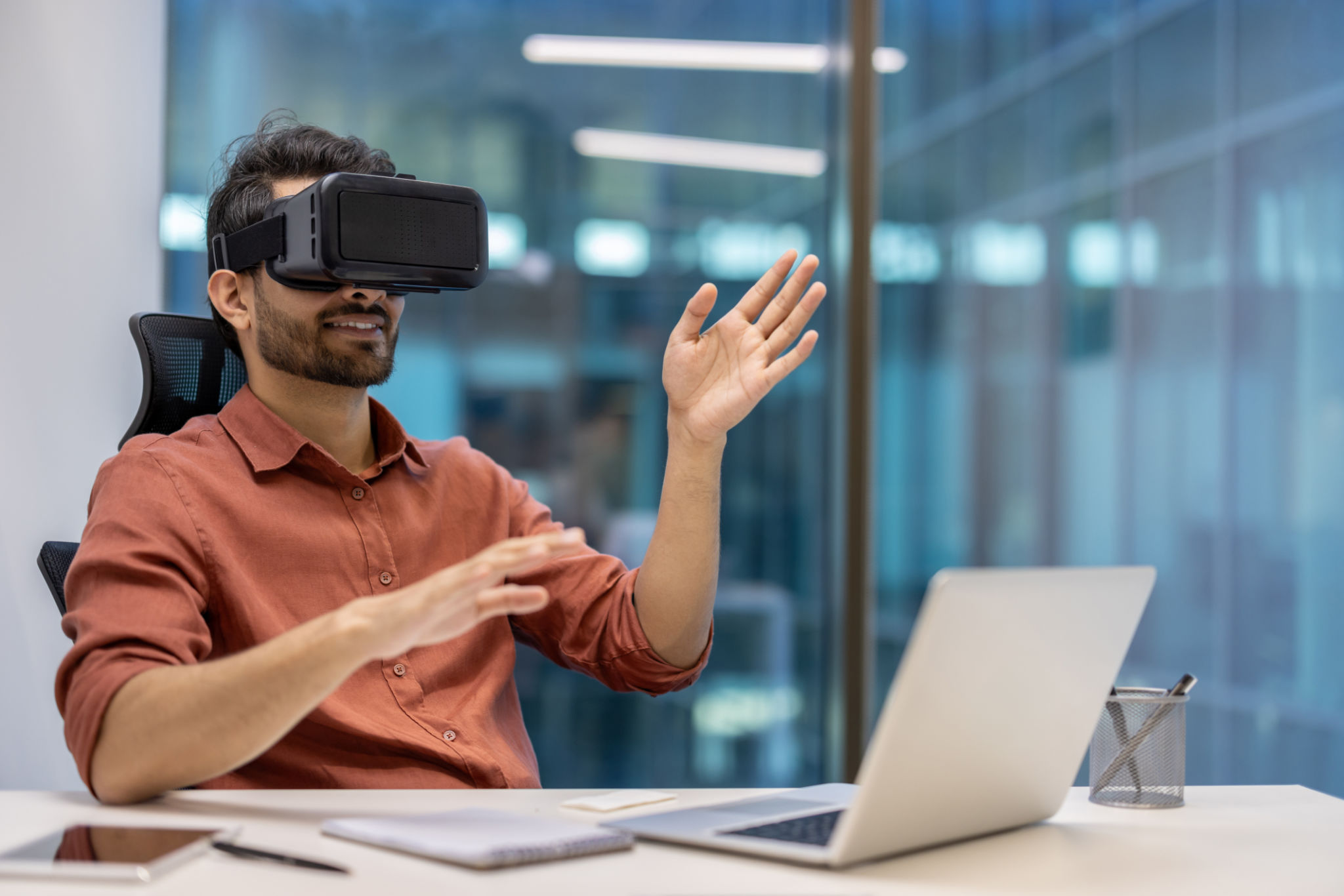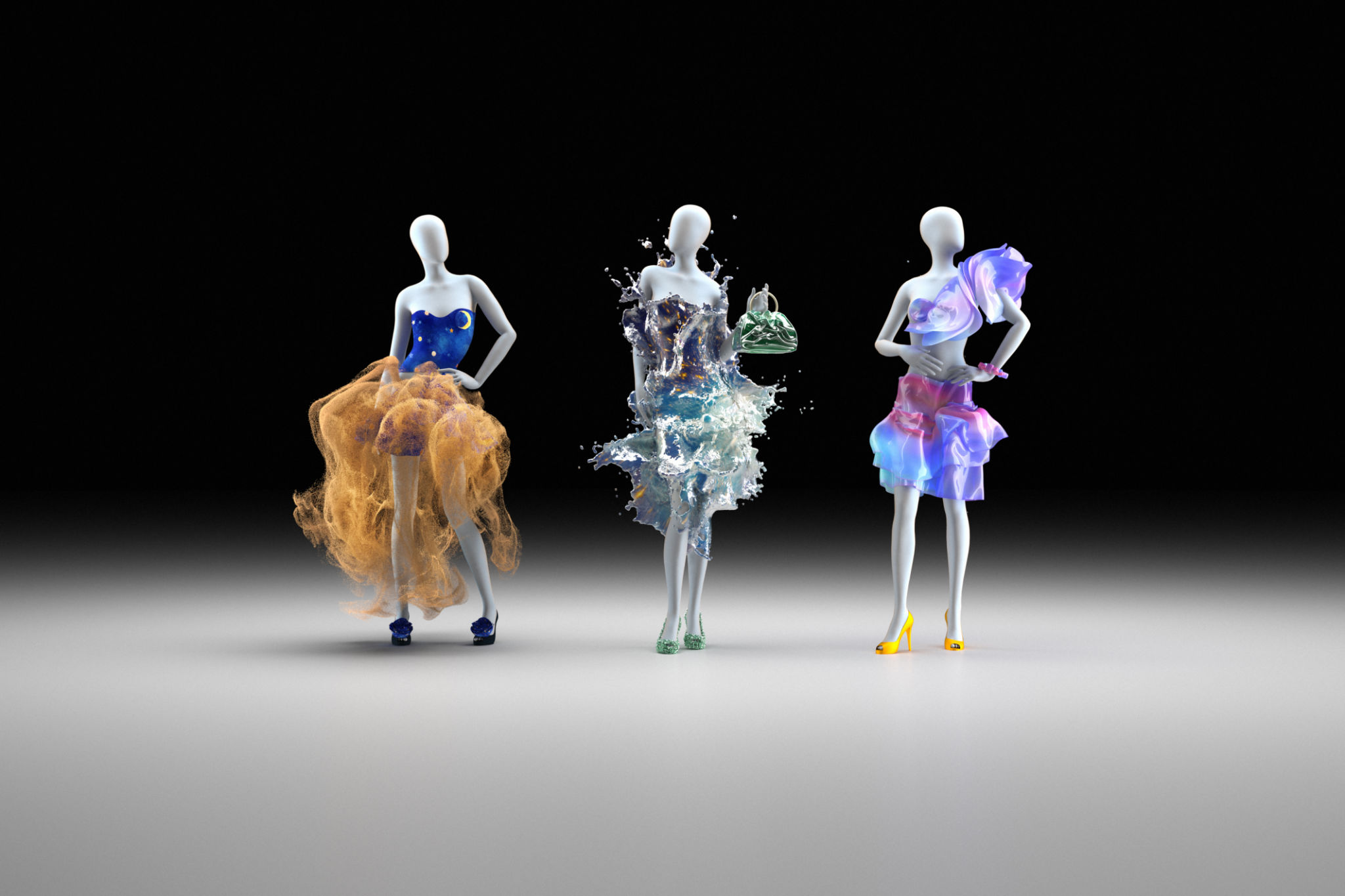Exploring the Latest Trends in Digital Product Design for 2024 and Beyond
The Evolution of User-Centric Design
In the ever-evolving landscape of digital product design, user-centric design remains at the forefront. As we venture into 2024, designers are focusing more than ever on creating experiences that are tailored to individual users. This means a stronger emphasis on personalization and intuitive interfaces that adapt to user behavior.
The integration of artificial intelligence and machine learning is playing a crucial role in this evolution. These technologies allow for real-time adjustments to user interfaces, ensuring that the design is always aligned with the user's needs and preferences.

Immersive Experiences with AR and VR
Augmented Reality (AR) and Virtual Reality (VR) are no longer just futuristic concepts; they are becoming integral parts of digital product design. In 2024, we will see an increased adoption of AR and VR technologies, providing users with immersive experiences that go beyond traditional interfaces.
These technologies are particularly impactful in sectors such as retail, education, and entertainment, where users can engage with products and services in a more interactive and engaging manner. Designers are now challenged to create seamless transitions between the physical and digital worlds, enhancing the overall user experience.

Sustainability in Design
As environmental concerns become more pressing, sustainability in digital product design is gaining traction. Designers are now more conscious of the resources they use and are striving to create products that are not only user-friendly but also environmentally responsible.
This trend is reflected in the use of eco-friendly materials, energy-efficient technologies, and designs that promote longevity and recyclability. By prioritizing sustainability, designers are not only contributing to the environment but also catering to a growing consumer base that values eco-consciousness.

Accessibility as a Core Principle
Making digital products accessible to everyone, regardless of their abilities, is a key trend for 2024. Accessibility is no longer an afterthought but a fundamental aspect of design processes. This shift ensures that products are inclusive and can be used by people with varying needs.
Designers are implementing features such as voice control, screen readers, and customizable interfaces to accommodate users with disabilities. This not only broadens the potential user base but also enhances the overall usability and appeal of digital products.

The Rise of Micro-Interactions
Micro-interactions are subtle design elements that enhance the user's experience by providing visual feedback, encouraging engagement, and guiding users through tasks. In 2024, these interactions are becoming more sophisticated, adding a layer of depth to digital products.
From animated buttons to swipe gestures, micro-interactions help create a seamless and intuitive user journey. They are essential for keeping users engaged and making the interaction with digital products more enjoyable and efficient.
Minimalism and Clean Aesthetics
Minimalism continues to be a dominant trend in digital product design. In an age where users are bombarded with information, clean and uncluttered designs are more appealing. Designers are focusing on simplicity, ensuring that every element serves a purpose.
This approach not only makes products aesthetically pleasing but also improves functionality by reducing cognitive load and helping users focus on essential tasks. The trend towards minimalism underscores the importance of clarity and efficiency in design.

Collaborative Design Processes
The way digital products are designed is also evolving. There is a growing emphasis on collaborative design processes, with cross-functional teams working together from the initial stages of product development. This approach ensures that diverse perspectives are considered, leading to more comprehensive and robust designs.
Tools that facilitate collaboration, such as real-time design software and feedback platforms, are becoming increasingly popular. These tools make it easier for teams to communicate and iterate, resulting in faster and more effective design cycles.
Conclusion: Looking Ahead
As we move forward into 2024 and beyond, digital product design will continue to evolve, driven by technological advancements and changing user expectations. By embracing trends such as user-centric design, sustainability, and accessibility, designers can create products that are not only innovative but also meaningful and impactful.
The future of digital product design is bright, with endless possibilities for creating experiences that are immersive, inclusive, and sustainable. As designers rise to the challenge, they will shape the digital landscape in ways that enhance our interaction with technology and the world around us.

